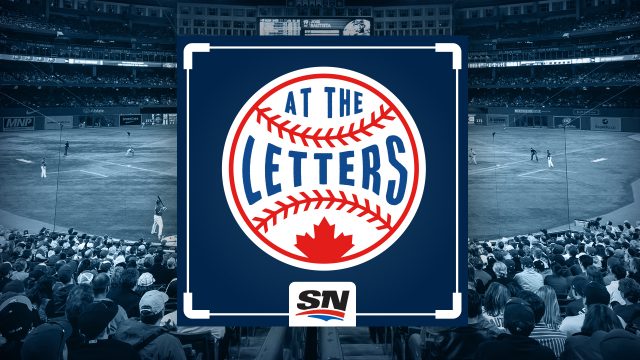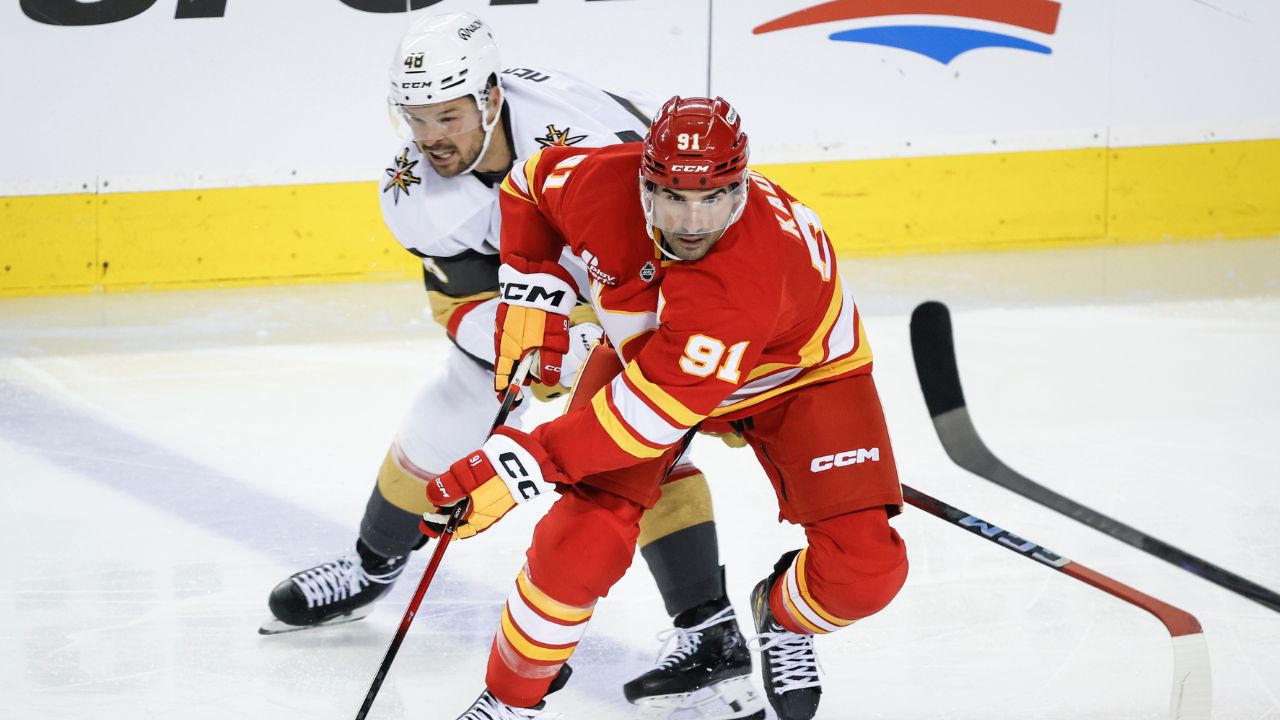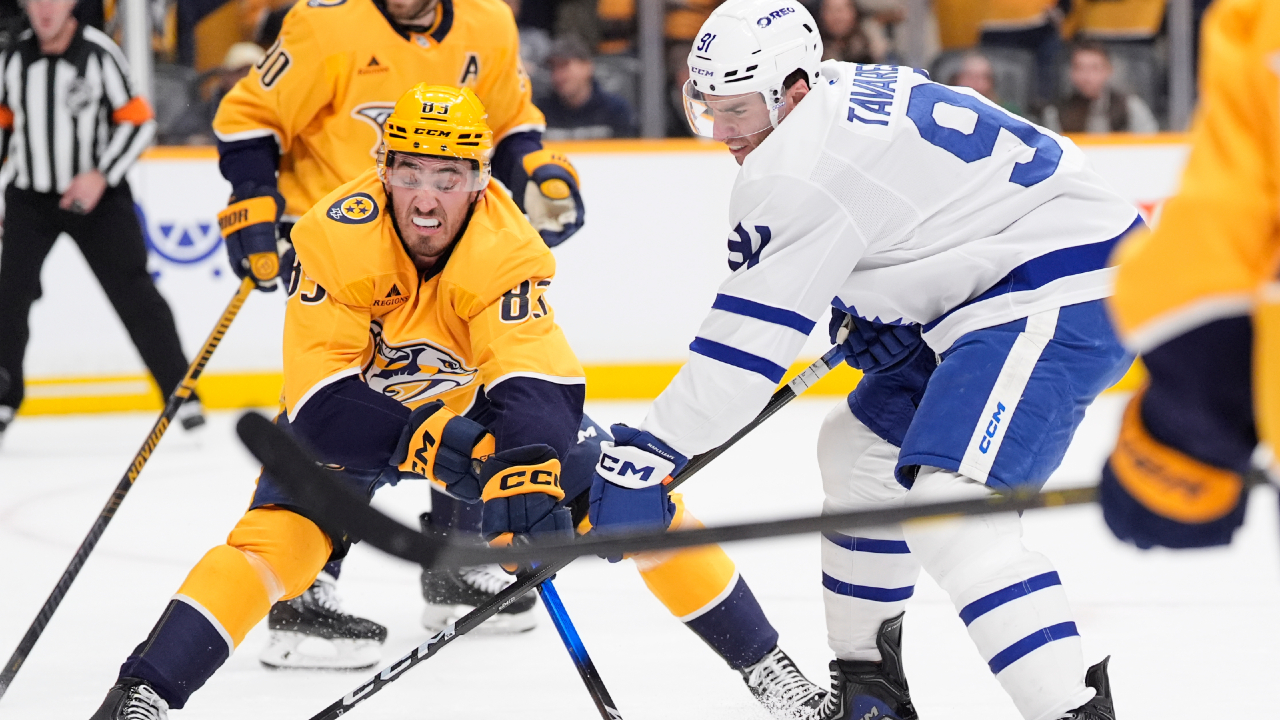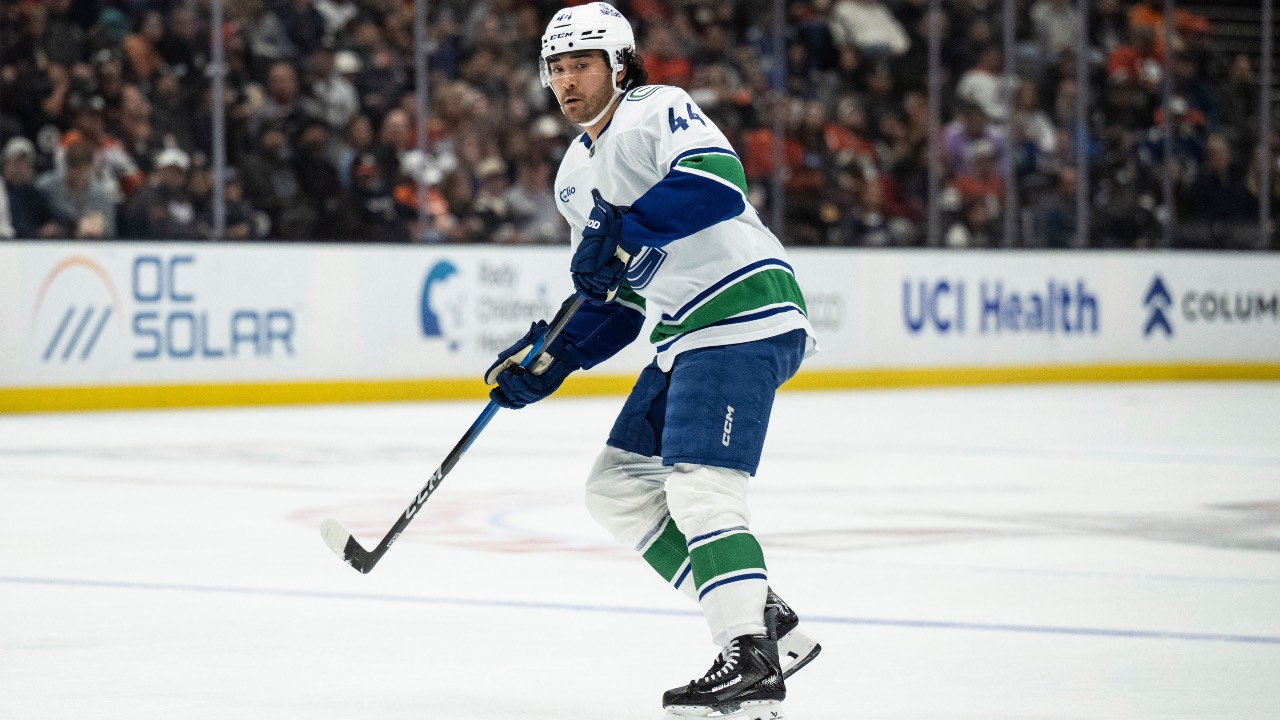
The Toronto Blue Jays had reason to feel optimistic on Saturday, July 18, and not just because Hyun-Jin Ryu was slated to take the Rogers Centre mound for his final intrasquad outing of summer camp. In the morning, the office of Marco Mendicino, the minister of Immigration, Refugees and Citizenship, reached out to Anuk Karunaratne, the club’s senior vice-president, strategy and business operations, to set up a 2 p.m. call to reveal the federal government’s decision on regular-season games in the city. Two days earlier, Ontario Premier Doug Ford discussed the matter as if it were a done deal, saying, “I look forward to seeing them play, even if it’s in an empty stadium.” Lisa MacLeod, Ontario’s minister of Heritage, Sports, Tourism and Culture Industries, during a radio appearance at roughly the same time, asked the hosts if they wanted “breaking news” and then said the Blue Jays “have been cleared by the federal government to do their play in both countries.” Nearly three months of work was about to arrive at the finish line, it seemed.
At the same time, the Blue Jays also had reason to remain prudent. President and CEO Mark Shapiro was regularly updating Rob Manfred on his team’s situation, and he had warned the commissioner that despite those pronouncements, he “didn’t feel like it was 100 per cent.” While their plan to limit themselves and visiting clubs to the dome and attached hotel had “very clear support from the province and the city,” said Shapiro, “we just didn’t have the same feedback” from the federal level. Adding to the uncertainty was the way COVID-19 cases were spiking in the United States. A day earlier, a then-record 74,710 new cases were reported, further justifying a recent extension of the border closure. “The situation in the U.S.,” said Karunaratne, “deteriorated significantly from when we started the discussions to when we concluded them.” That’s why when the phone rang in Shapiro’s office that fateful afternoon, he and Karunaratne didn’t know what to expect once they answered the call.
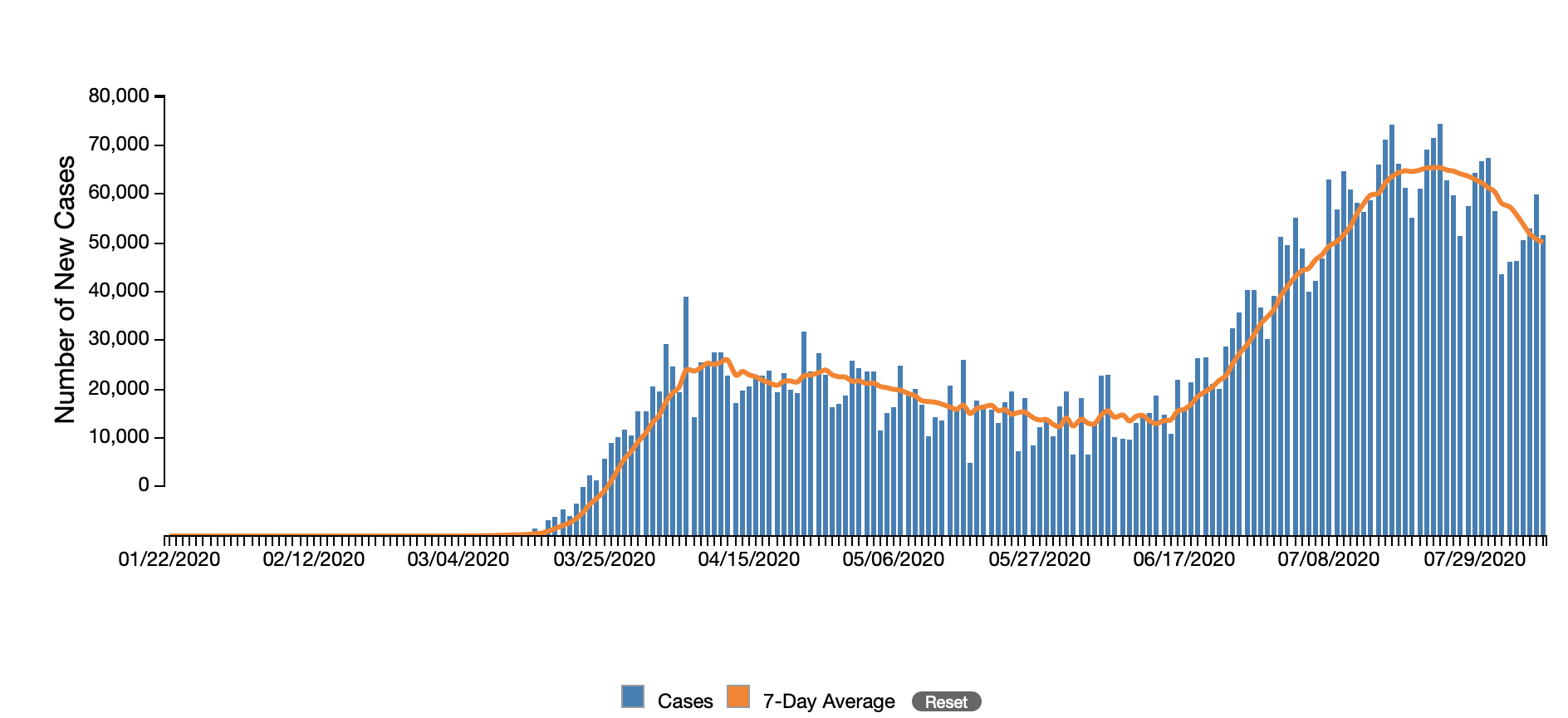
The conversation was brief. The government would not be granting the national interest exemption the plan required. In a statement, Mendicino said “of particular concern,” to the government was that the Blue Jays “would be required to play in locations where the risk of virus transmission remains high. Based on the best available public health advice, we have concluded the cross-border travel required for MLB regular-season play would not adequately protect Canadians’ health and safety.”
Shapiro and Karunaratne understood the decision. They admired the government’s handling of the pandemic and were glad to have gotten an answer. Still, the reality of their predicament hit them. Opening day was a week away, and an alarming surge of novel coronavirus cases in Florida had taken their original backup plan, TD Ballpark in Dunedin, Fla., off the table. Once the initial shock had worn off, they called Marnie Starkman, the club’s senior vice-president of marketing and business operations, along with general manager Ross Atkins and assistant GM Joe Sheehan into Shaprio’s office to discuss next steps. “We spent five minutes,” said Shapiro, “then it was, we don’t have time, let’s get to our next option.”
Over the following seven days, the next option became a moving target on ever-shifting ground. On the morning of Friday, July 24, hours before the Blue Jays took the field for their season-opening 6-4 win over the Tampa Bay Rays at Tropicana Field, they settled on Sahlen Field, the park of their triple-A affiliate in Buffalo, as their temporary 2020 home. That scramble begat another scramble to get the place ready for Tuesday’s opener against the Miami Marlins, recovering from their own trauma after a COVID-19 outbreak decimated their roster. No matter how it turns out, this peculiar and unique portion of Blue Jays history won’t be soon forgotten.
In the week preceding the federal government’s decision, Buffalo had begun to emerge as next-best option for the Blue Jays should Toronto be off the table. Bryan Blew — club’s senior vice-president, facilities and business operations — was already there laying some groundwork to get the venue ready to serve as the alternate training site, and while there, collected some background on how it could be set up for the regular season.
Still, suddenly faced with the reality of needing to not only get Sahlen Field up to big-league standards, but also to make it compliant with COVID-19 protocols, the leadership group in Shapiro’s office thought it best to explore other alternatives, too.
Atkins left the office to break the news to the clubhouse, starting with the coaching staff and then gathering members of the club’s leadership group to tell them, too. Earlier in the week, Bo Bichette, Travis Shaw and Vladimir Guerrero Jr., had been part of a presentation to government health officials. Now, they were chatting about alternatives. “One of the more difficult things for our players,” said the GM, “was how they spent so much time and energy thinking about how they can create the best possible existence given what we knew and what we were learning about what was potentially feasible for a season in Toronto. Then to have to shift gears and think about something entirely different was difficult for them.”
During training camp in the city, the Blue Jays surveyed their players to try and get a better sense of how they really felt about things. As part of the process, they were asked to weigh a variety of options such as playing in Toronto under quarantine, versus playing in a minor-league park, versus barnstorming the entire 60-game campaign. The aim was to give a voice to those who may not necessarily speak up on a Zoom call, but with Rogers Centre off the board, the results were muddled. The conversations that followed, however, were not. “I got a chance to talk with Ross (the day of the decision) after I was done pitching, and I just said, ‘Look, we want to play in a major-league ballpark, we feel that’s the best opportunity for us,’” said reliever Anthony Bass. “And he agreed. He said, ‘I listen to you guys loud and clear, that’s what we’re going to do for you because that’s what the team wants.’”
Atkins filtered that information back up to the group, while Shapiro began to work things through with deputy commissioner Dan Halem, and Chris Marinak — MLB’s senior vice-president, strategy, technology and innovation. In previous discussions, they had looked at the schedule and kicked around the idea of stationing the Blue Jays in New York, if needed, and bouncing between Yankee Stadium and the Mets’ Citi Field, playing as the home team at the stadium of their opponent or some hybrid ideas. But since they couldn’t simply move in and out of the home clubhouse at whichever stadium they might call home amid the pandemic, any new locale would require that they build a temporary clubhouse and weight room, and doing that multiple times didn’t make sense.
Another factor was the schedule and finding teams that lined up well in terms of dates and region. There were two that stuck out – the Pittsburgh Pirates and PNC Park, and the Baltimore Orioles and Camden Yards – but the Blue Jays couldn’t really plan for either until the Toronto option played out. Starkman said, “It wasn’t fair to start asking other teams to make a massive consideration and decision until we knew we really needed to do that.”
By the end of Saturday night, it was clear they needed to do that, so Manfred did the initial outreach, setting the stage for Shapiro to follow up the next day. On Sunday, July 19, he spoke with Pirates president Travis Williams and Orioles executive vice-president John Angelos, each of whom was willing to try to make things work and to even accept a couple of schedule tweaks to help make it happen, so the Blue Jays began pursuing the parallel tracks. “Both teams knew we were working with each other,” said Starkman. “We were very transparent because we knew we needed to explore both at the exact same time.”
The Blue Jays also engaged with BaAM Productions, a Toronto based events company that Major League Baseball has used to stage multiple events, and has also helped the NHL with its annual Winter Classic. BaAM’s involvement with the since-cancelled Field of Dreams game in Dyersville, Iowa meant the company was already familiar with the COVID-19 protocols, which helped speed the process. Within 24 hours, the company had drawn up plans for temporary third clubhouses at both stadiums.
At PNC Park, the Blue Jays would have used the big restaurant in left field as their clubhouse, along with some adjoining concourse space. They considered using a parking lot near a loading dock, as well, but the path to the field wasn’t as convenient as to one that was charted from the restaurant through the bullpen. At Camden, they looked at the famed warehouse in the backdrop beyond right field but landed on the 100-level concourse instead.
“We would have had more space at PNC Park,” said Starkman. “We felt that it was a space that our guys could have been completely separate from the other two teams. Camden would have been more Fenway Park style. But both teams were willing to keep us inside the building, which was important.”
The better space at PNC wasn’t the only reason things moved quickly with the Pirates. Williams threw his organization behind it, having the leaders of the team’s various departments contact their Blue Jays counterparts to begin co-ordination. There was also a belief that government approval in Pittsburgh wouldn’t be an issue, while in Baltimore, things were more complicated because the Maryland Stadium Authority, which runs Camden Yards, added another layer of regulation. “Things progressed faster with the Pirates,” said Karunaratne. “It happened in a shockingly short time.”
“They were absolutely incredible,” added Starkman.
All of that took place as the Blue Jays departed Toronto on Monday, July 20, for a pair of exhibition games in Boston and a five-game road trip to start the season, without knowing when and where they’d return to a home. “We have basically a road bag and a home bag,” veteran infielder Joe Panik said before the team left, “and I don’t know where the home bag is going.”
By Tuesday, July 21, as the Blue Jays played their first of two games against the Red Sox, the planning with the Pirates had advanced far enough that a proposal could be submitted to local and state officials for approval. Word leaked that night and it seemed like a done deal, but the next day, there was chatter that Pennsylvania was wary of bringing in another team, one that would be playing in hotspots of Florida and Georgia.
“Once we started hearing those rumours, I just figured this is not going to happen given the nature of what we were going through,” said Shapiro.
His instincts turned out to be right. Pennsylvania said no, too, the state’s reasoning similar to that of the Canadian government. “To add travellers to this region for any reason, including for professional sports events,” said Pennsylvania’s health secretary, Dr. Rachel Levine, “risks residents, visitors and members of both teams.”
Now 0-for-2, the Blue Jays were down to two choices – Baltimore or Buffalo having essentially ruled out playing each series on the road. Quietly, they set an internal deadline of Saturday, July 25, for a decision. Starkman and Karunaratne locked in with Greg Bader, their Orioles counterpart, to try and lock down a plan to the same level of detail they had set with the Pirates.
But working against the Blue Jays was a recent increase in COVID-19 cases in Maryland and Gov. Larry Hogan’s vigilant approach to the virus. In an interview with The Associated Press on Thursday, July 23, he sounded very lukewarm to the idea, confirming that he’d had some discussions with the Orioles, but adding, “we’re watching our numbers very carefully every day. We’re concerned about the spikes in other states.”
That same day, Starkman led a group of Blue Jays officials to Buffalo, to help firm up what the plans would look like there should Sahlen Field become the landing spot. Already they had bought major-league standard bulbs and they shipped to the stadium, waiting for the word go for installation, and had BaAM draw up plans for the visiting clubhouse. They had workbacks on other major items, as well, but Starkman gave it a look in terms of trying to figure out what “needed to be done to make it a home.”
“There was a lot of back and forth between myself, Joe, Ross and Mark on, ‘OK, what do we really want to do in Buffalo? We’re here and we can start,’” she said.
Meanwhile, New York Sen. Charles E. Schumer sent Manfred a letter that day urging him and the Blue Jays to select Buffalo as their landing spot, making clear government approval wouldn’t be an issue. “I have no doubt that any logistical concerns could be overcome in time for games to be played, Schumer wrote. “Moreover, as a city, Buffalo has the capacity to host the Blue Jays operation during the duration of the season, and indeed would welcome them with the city’s extraordinary community spirit.”
All that information came in handy on the morning of opening day, Friday, July 24. Shapiro connected with Angelos and “it was clear from John to me that we just couldn’t get the commitment from the governor there, understandably, in light of what transpired.”
“Short of a commitment, especially with everything we had experienced up to that point,” he added, “we had to pivot.”
Added Karunaratne: “We’d had a lot of experience by that point. Rather than wait for the ‘No,’ we decided, in order for us to be able to execute Buffalo, that we needed to move forward.”
Some seven hours before Ryu threw the first pitch of the Blue Jays season, they settled on their home. On the one hand, there was relief that the search was over and everyone could begin planning their lives. They were through with hypotheticals and scenario-planning. On the other hand, the stress and anxiety of not having a place to play was replaced by the stress and anxiety of transforming Sahlen Field in time for the July 31st series opener against the Philadelphia Phillies (a series subsequently postponed by COVID concerns) in the best-case scenario, Tuesday’s game against the Marlins if more time was needed.
The homestretch was both harder and easier than the wild week that preceded it. The Blue Jays had a plan ready to go but it was amended along the way, most notably with the decision to re-sod the infield to level it off. Replacing the bulbs started immediately. Two days later, the tent that will serve as the visiting clubhouse began going up. The old batting cages, across from the home clubhouse, were blown out and transformed into a locker room. Four moving trucks were filled with weights, training equipment, logos and other symbols of home were shipped from Toronto. Access from the stands to both dugouts and both bullpens were built to accommodate social distancing. Walls were painted. The outfield wall padding went from green to blue, with the Blue Jays’ advertisers up on the walls. The Hawk-Eye tracking system and replay infrastructure were installed.
At one point, Annemarie Roe, the president of BaAM, turned to Starkman and said, “This is insane.”
“She’s so proud of what their team has done – and they’ve done a lot of projects larger than this – just because of the timeline,” said Starkman. “Any vendor we work with, they’ve all been so great to work with because people are just excited for us to be here. So that’s been nice and at least easier than what we’ve gone through the past couple weeks.”
Atkins drove up from Washington at the end of July to offer some feedback and then returned with the Blue Jays following their series in Boston over the weekend.
“I feel very, very good about Buffalo,” he said. “I feel that we’ve done everything we can to put our players in a position to have the things they need, to address the concerns that they had to the best of our ability given our circumstances.”
While North America’s Big Four sports leagues have all staged one-off events around the globe for marketing purposes, there are few precedents for what the Blue Jays endured to make that happen.
The Montreal Expos played 22 games at Estadio Hiram Bithorn in San Juan, Puerto Rico in each of the 2003 and ’04 seasons as a way to generate additional revenue. The Buffalo Bills played one regular-season game at Rogers Centre as part of the 2008-2012 Bills Toronto Series.
A more suitable comparable came in 2005, when damage caused by Hurricane Katrina forced the New Orleans Saints to move from the Superdome, which temporarily housed people left homeless. The NFL club played one game as the home team at the venue of its opponent, and split the rest of contests between San Antonio’s Alamodome and Tiger Stadium in Baton Rouge, La.
Still, the pandemic and its changing trajectory down south – the United States bent its curve mid-April, trending downwards to 18,577 cases on June 15 before surging into the 50,000s a mere two weeks later – fuelled a week of tumult few teams can match.
“It was an incredible education,” said Shapiro. “We tried to ensure that we didn’t let it become an excuse for the organization, for our team, for our players, that we took a determined approach to make to make whatever situation, circumstance the best we could make it, and to not have a victim mentality and not dwell on things that were out of our control. We were constantly looking for the next best alternative.”
Welcome to Sahlen Field, the next best alternative, and for the 2020 season, the unlikely home of Blue Jays baseball.



